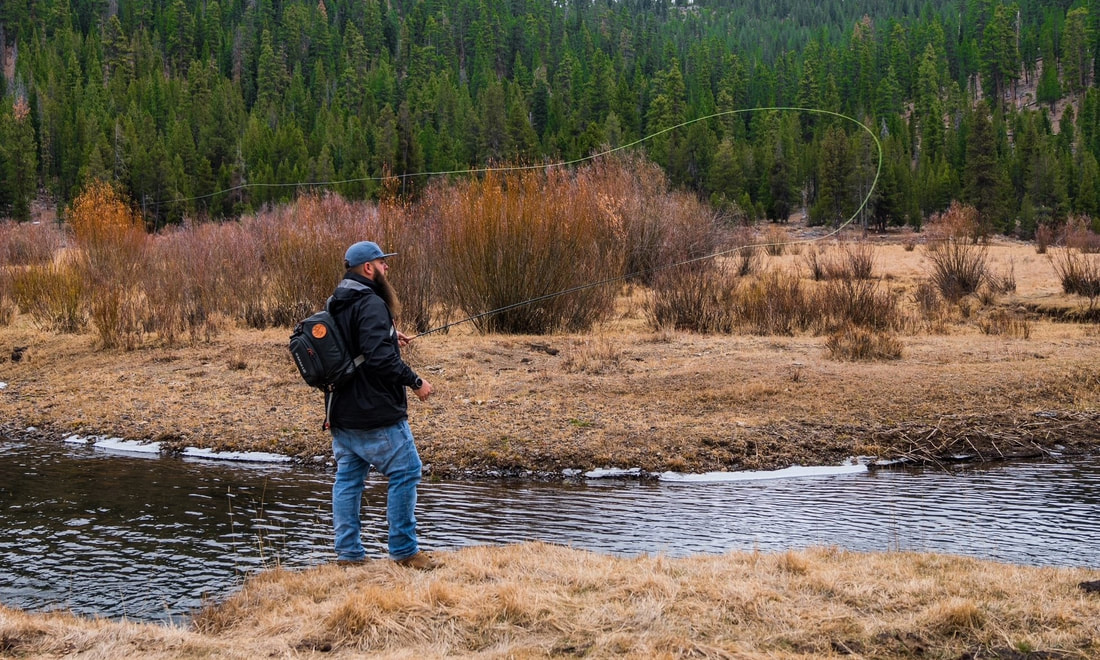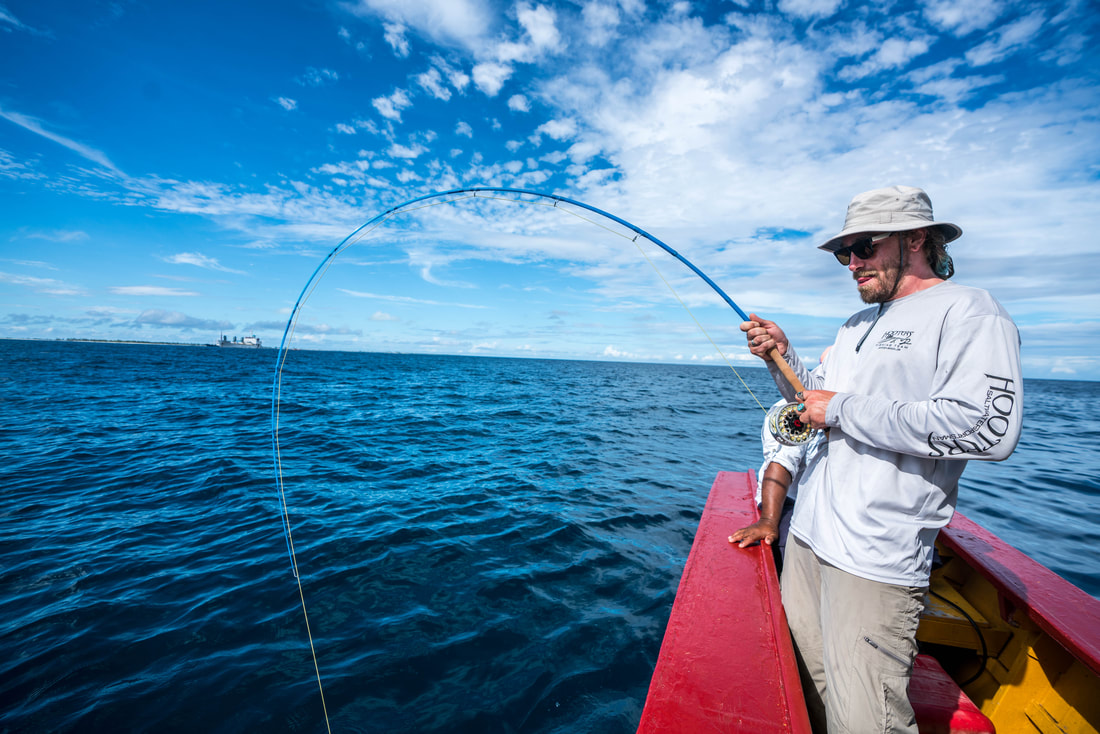|
Buying your first fly rod can be intimidating. Fly rods come in different physical weights, line weights, lengths, actions and materials. If you're from Central Oregon, I'd bet money that your first rod was a graphite 590-4 which in English means you bought a 9'0" long rod suited for #5 size fly line that breaks into 4 separate pieces. The 590-4 is a perfect all around trout rod for our area and graphite is the best all around material to build a modern fly rod from. As your collection of rods grow and you gravitate towards the niches within our sport, you may be interested in exploring rods made with different materials. We'll start at the origins and work our way forward. Photo by Kyle Schenk, Troutdoors Marketing BambooHISTORY The earliest rods were made of wood. They were heavy and had a tendency to break. Seeking a better product, fishermen found that Bamboo (AKA Grass) offered a reduction in weight and an increase in strength and elasticity. After experimenting with different shapes and types of bamboo, the hexagonal design of four to six cane strips became the standard. Fun fact: The originally used Calcutta Cane Bamboo was very fibrous and prone to boring insects so the strips were scorched to kill the bugs leaving the tan/brown hue that is found on most bamboo fly rods. WHY BAMBOO? Many fly fisherman begin and spend a majority of their journey in the sport with graphite rods. We tend to find ourselves chasing whatever the latest and greatest technology is and what will help us catch the most fish or cast the furthest. I'm guilty of this myself. However; all it takes is a moment of clarity. I'm here for more than just the fish. I'm here for the water, the wind, the bugs; I want to connect and be a part of something greater. Let that sink in... Now, picture this: you're barefoot in a small creek and you're using a literal piece of grass to cast a fly you tied to a small native trout. Bamboo is an organic material that offers a slow and natural casting speed which is perfect for casting small dry flies and unweighted nymphs. Most current day bamboo rods are $2-3k because they are custom made to order. I recently got my first bamboo rod from Headwaters Bamboo Rods. They are mass producing bamboo fly rods (overseas, unfortunately) but are a great low-cost entry-level option to "grass" fly rods! FiberglassHISTORY Fiberglass (AKA Glass) came around in the 1940's and was the most common rod material through the 1970's. It was cheaper and more readily available than bamboo. Fiberglass rods are much lighter, much more durable and require much less maintenance than bamboo rods. They are incredibly strong yet flexible. This material was much easier to work with and therefore allowed rod manufacturers to produce fly rods on a much larger scale. WHY FIBERGLASS? Glass rods are ideal when presentation is necessary and when casting distance is of less importance. While most people tend to equate fiberglass with trout these days, I can confirm that I had an absolute blast catching Milkfish in Christmas Island with a 12wt glass rod. I was amazed when the tip was bent over to the point that it was parallel with the butt and the rod didn't break. Also, since glass rods are so easily produced, they are often cheaper than bamboo or graphite. I have a few very whispy 2-3wt glass rods that I love using for Central Oregon creeks and high country streams. Photo by Kyle Schenk, Troutdoors Marketing GraphiteHISTORY
Graphite (AKA Graph) rods started appearing on the market in the 1960's. This material still dominates the market today and is stronger and lighter than it's predecessors. These qualities allowed rod manufacturers to use less material resulting in lighter rods. The became insanely popular with the incorporation of graphite ferrules which essentially eliminated dead spots both in the bend and the feel of the rods. As mentioned, this material continues to dominate the current market. WHY GRAPHITE? Due to their weight, their strength and their fast action, you can find a graphite rod for literally any fly fishing situation you may find yourself in. From small dry flies/nymphs to large heavy nymphs and streamers, there is a graphite rod for any application. They are more adept for longer distance casting and casting in adverse conditions like wind. Graphite is also used for the recently popular euro nymphing craze. The weight and strength allow for 10, 11 and 12' ESN rods with manageable weights. Graphite rods make up about 90% of my rod quiver.
0 Comments
Leave a Reply. |
Oregon OutfittersDetails on events, hunts, shoots, guided trips and reports. Archives
March 2024
Categories |




 RSS Feed
RSS Feed